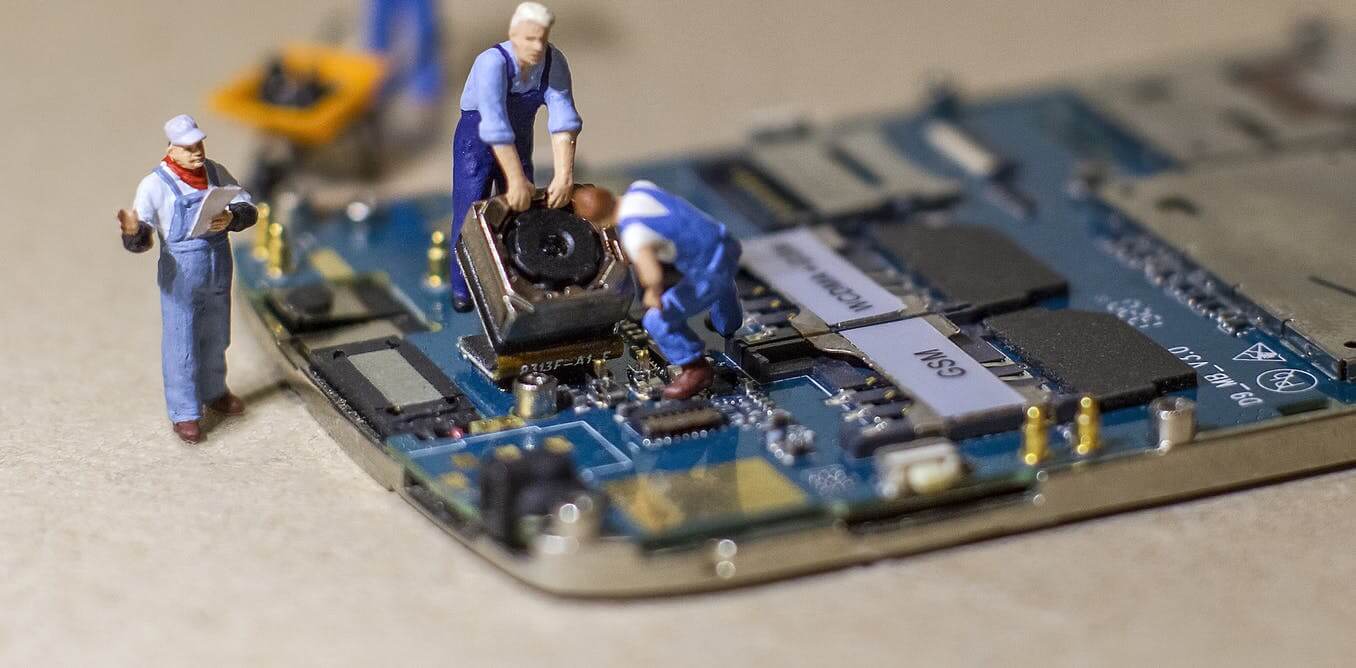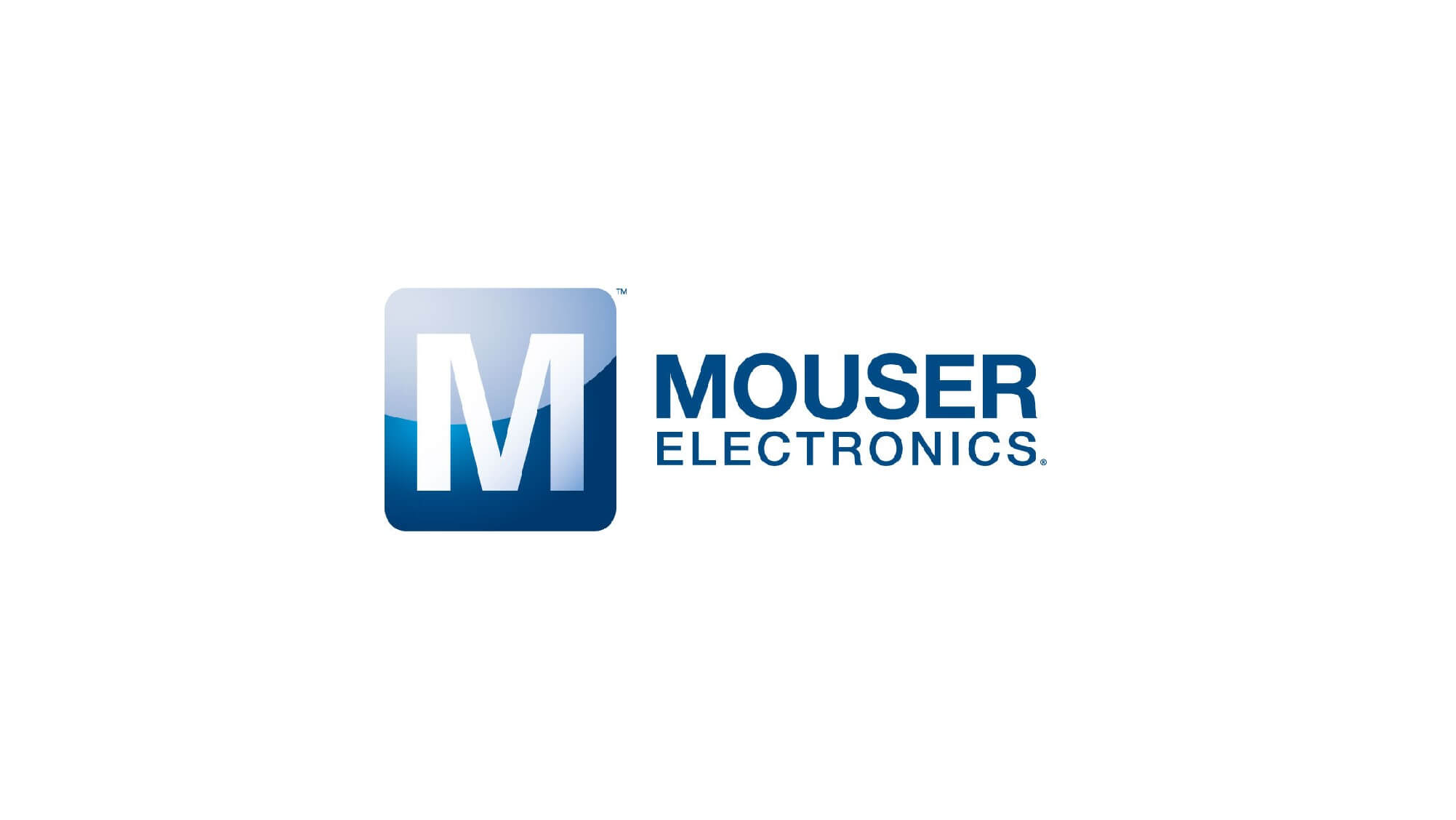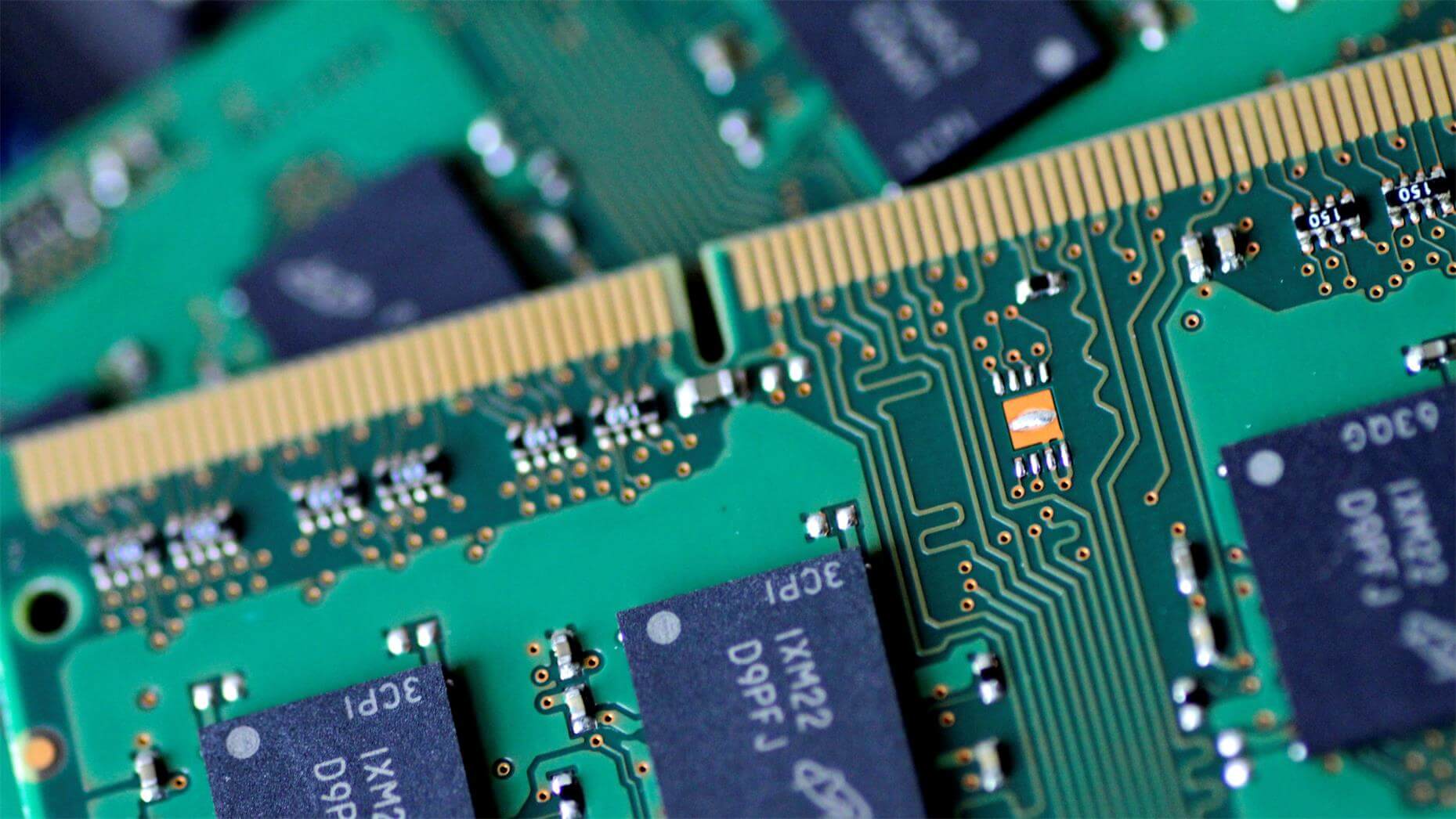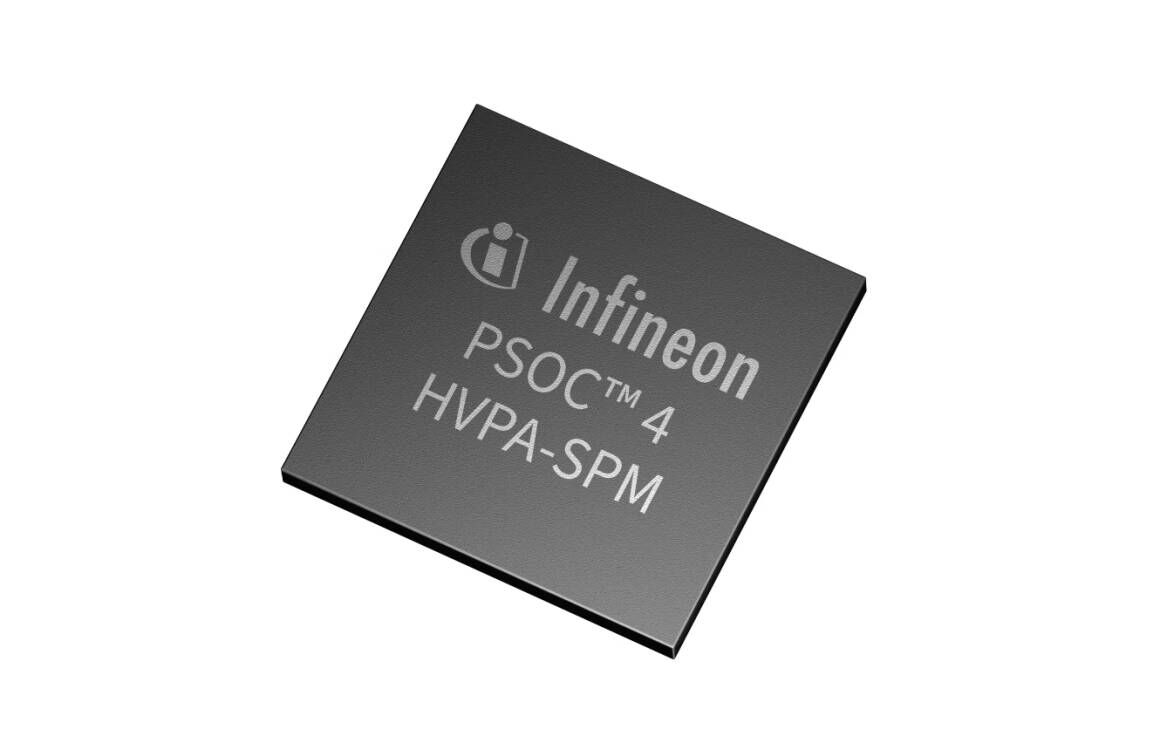With the continuous merger and reorganization of the global semiconductor industry, the upstream of the industry has become a minority oligopoly. The leading role of semiconductor manufacturers is getting stronger and stronger, and the distribution channels are becoming more and more transparent. In the fierce market competition, what kind of strategy should independent distributors have to deal with market changes?
In fact, in the last two or three years, distributors have been changing their models. In addition to helping customers with new product development, ensuring supply chain stability and helping customers reduce costs, they are all trying to find ways to increase their added value.
Actively seeking change, focusing on innovation and development, developing value-added services suitable for their core, and doing things different from others are the strategies of most independent distributors. They believe that the diversification and differentiation of value-added services is the core competitiveness of distributors and the basis for future distributors. Independent distributors want to enhance their competitiveness, focusing on core value-added services, handing over non-core parts to the professional companies, and upgrading their superior services to positions that others cannot replace, this is also a breakthrough in winning the competition.
In the past, independent distributors (stock vendor) generally solved the warehousing and supply chain by themselves. Now, some distributors have begun to outsource these non-core businesses to third-party service companies, this allows them to reduce operating costs while improving efficiency, and allows companies to put more energy into their customers.
Competition in the distribution market is not a major issue, but if the distributors stick to tradition and there is no innovation and no breakthrough, then the next step will be eliminated by the market.












All Comments (0)